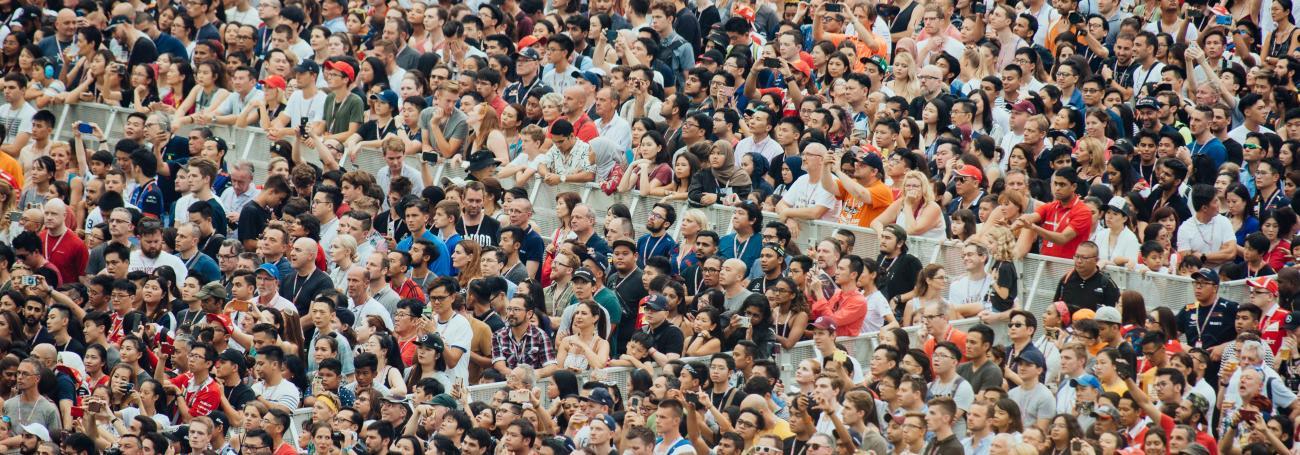Bazemore, G. (1998). The juvenile court and the future response to youth crime: a vision for community juvenile justice. Juvenile & Family Court Journal 49(4):55–87. Https://doi.org/10.1111/j.1755-6988.1998.tb00790.x.
Bergseth, K.J. and Bouffard, J.A. (2007). The long-term impact of restorative justice programming for juvenile offenders. Journal of Criminal Justice 35(4):433–451. Https://doi.org/10.1016/j.jcrimjus.2007.05.006.
Bouffard, J., Cooper, M. and Bergseth, K.J. (2016). The effectiveness of various restorative justice interventions on recidivism outcomes among juvenile offenders. Youth Violence and Juvenile Justice 15(4):465–480. Https://doi.org/10.1177/1541204016647428.
Boyd, B.L., Herring, D.R. and Briers, G.E. (1992). Developing life skills in youth. Journal of Extension 30(4):16–20.
Bradshaw, W. and Roseborough, D.J. (2005). Restorative justice dialogue: The impact of mediation and conferencing on juvenile recidivism. Federal probation 69(2):15–21.
Braithwaite, J. (2004). Restorative justice and deprofessionalization. The Good Society 13(1):28–31. DOI: 10.1353/gso.2004.0023.
Burns, B.J., Schoenwald, S.K., Burchard, J.D., Faw, L. and Santos, A.B. (2000). Comprehensive community-based interventions for youth with severe emotional disorders: multisystemic therapy and the wraparound process. Journal of Child and Family Studies 9(3):283–314. Https://doi.org/10.1023/A:1026440406435.
Fazal, S.M. (2014). Safely home: reducing youth incarceration and achieving positive youth outcomes for high and complex need youth through effective community-based programs. Washington, DC: Youth Advocate Programs Policy & Advocacy Center. http://www.yapinc.org/Portals/0/Documents/Safely% 20Home%20Preview/safelyhome.pdf?ver=2015-04-29-093701-287.
Gavrielides, T. (2007b). Restorative justice theory & practice: addressing the discrepancy. Helsinki: HEUNI.
Gavrielides, T. (2013). Where is restorative justice heading? Probation junior 4(2):79–95.
Gavrielides, T. (2016). Repositioning restorative justice in Europe. Victims & offenders 11(1):71–86. Https://doi.org/10.1080/15564886.2015.1105342.
Goodstein, J. and Aquino, K. (2010). And restorative justice for all: redemption, forgiveness, and reintegration in organizations. Journal of Organizational Behavior 31(4):624–628. Https://doi.org/10.1002/job.632.
Hansen, T. and Umbreit, M. (2018). State of knowledge: four decades of victim-offender mediation research and practice: the evidence. Conflict Resolution Quarterly 32(2):99–113. Special Issue: Colloquy on Restorative Justice Part 1 https://doi.org/10.1002/crq.21234.
Jekielek, S.M., Moore, K.A., Hair, E.C. and Scarupa, H.J. (2002). Mentoring: a promising strategy for youth development. Washington, DC: Child Trends, Inc. Child Trends Research Brief.
Johnson, T., Quintana, E., Kelly, D.A., Graves, C., Schub, O., Newman, P. and Casas, C. (2015). Restorative justice hubs concept paper. Revista de Mediación 8(2).
Karp, D. and Conrad, S. (2005). Restorative justice and college student misconduct. Public Organization Review 5(4):315–333. DOI: 10.1007/s11115-005-5094-7.
Marshall, T.F. (1999). Restorative justice: an overview. London: Home Office Research Development and Statistics Directorate.
Marshall, T.F. and Merry, S. (1990). Crime and accountability: victim-offender mediation in practice. London: Her Majesty’s Stationery Office.
Maruna, S. (2016). Desistance and restorative justice: it’s now or never. Restorative Justice 4(3):289–301. Https://doi.org/10.1080/20504721.2016.1243853.
McCarter, S.A. (2016). Holistic representation: a randomized pilot study of wraparound services for first-time juvenile offenders to improve functioning, decrease motions for review, and lower recidivism. Family Court Review 54(2):250–260. Https://doi.org/10.1111/fcre.12216.
McCold, P. (2001). Primary restorative justice practices. In: A. Morris and G.M. Maxwell (eds.)
Restorative justice for juveniles: conferencing, mediation and circles, chap. 3, pp. 41–58. Oxford: Hart.
Modecki, K.L., Zimmer-Gembeck, M.J. and Guerra, N. (2017). Emotion regulation, coping, and decision making: three linked skills for preventing externalizing problems in adolescence. Child Development 88(2):417–426. DOI:10.1111/cdev.12734.
Pavelka, S. (2016). Restorative justice in the states: a national assessment of legislation and policy. Justice Policy Journal 13(2).
Petrilla, C.M., Silva, D.J., Huggins, S.L., McNamara, R. and Sylk, G. (2020). Healing lives and communities: how can NGOs support restorative justice involving youth? Journal of Applied Juvenile Justice Services.
Silva, D.J., Petrilla, C.M., Matteson, D., Mannion, S. and Huggins, S.L. (2020). Increasing resilience in youth and families:YAP’s wraparound advocate service model. Child & Youth Services 41(1):51–82. Https://doi.org/10.1080/0145935X.2019.1610870.
Souza, K.A. and Dhami, M.K. (2008). A study of volunteers in community-based restorative justice programs. Canadian Journal of Criminology and Criminal Justice 50(1):31–57. DOI: 10.3138/cjccj.50.1.31.
Umbreit, M., Coates, R. and Vos, B. (2004). Victimoffender mediation: three decades of practice and research. Conflict Resolution Quarterly 22(1–2):279–303. Special Issue: Conflict Resolution in the Field: Assessing the Past, Charting the Future https://doi.org/10.1002/crq.102.
Umbreit, M. and Greenwood, J. (1997). Criteria for victim-sensitive mediation & dialogue with offenders. Minnesota: Center for Restorative Justice & Mediation.
United Nations Office on Drugs and Crime (2006). Handbook on restorative justice programmes. Criminal justice handbook. New York: United Nations.
Weitekamp, E.G.M. (2001). Mediation in Europe: paradoxes, problems and promises. In: A. Morris and G.M. Maxwell (eds.) Restorative justice for juveniles: conferencing, mediation and circles, chap. 8, pp. 145–160. Oxford: Hart.
Wellikoff, I. (2004). Victim-offender mediation and violent crimes: on the way to justice. Journal of Conflict Resolution 5(1).
Zehr, H. (1990). Changing lenses: a new focus for crime and justice. Scottdale PA: Herald Press.
Zehr, H. (2015). The little book of restorative justice: revised and updated. New York: Skyhorse Publishing.


